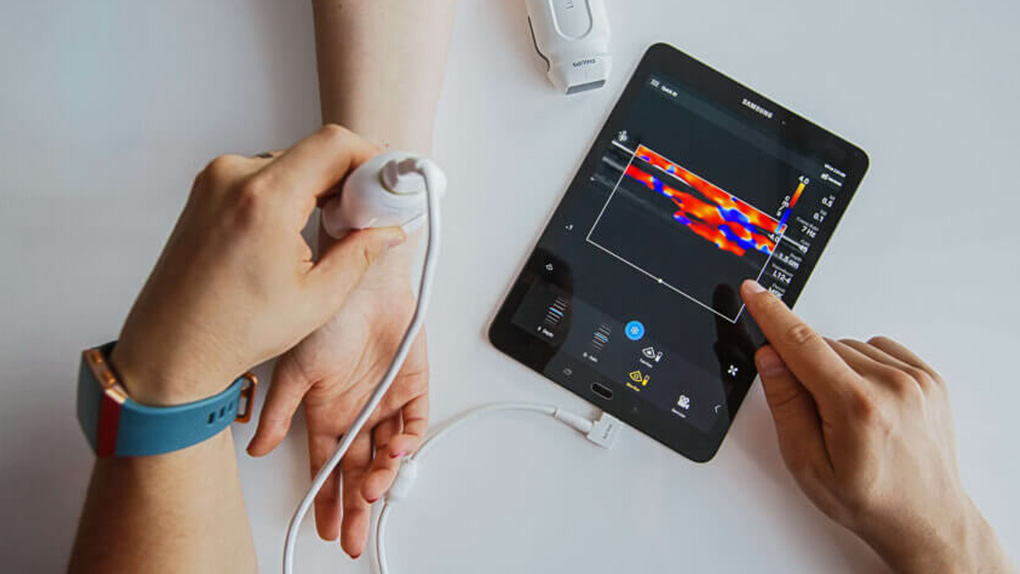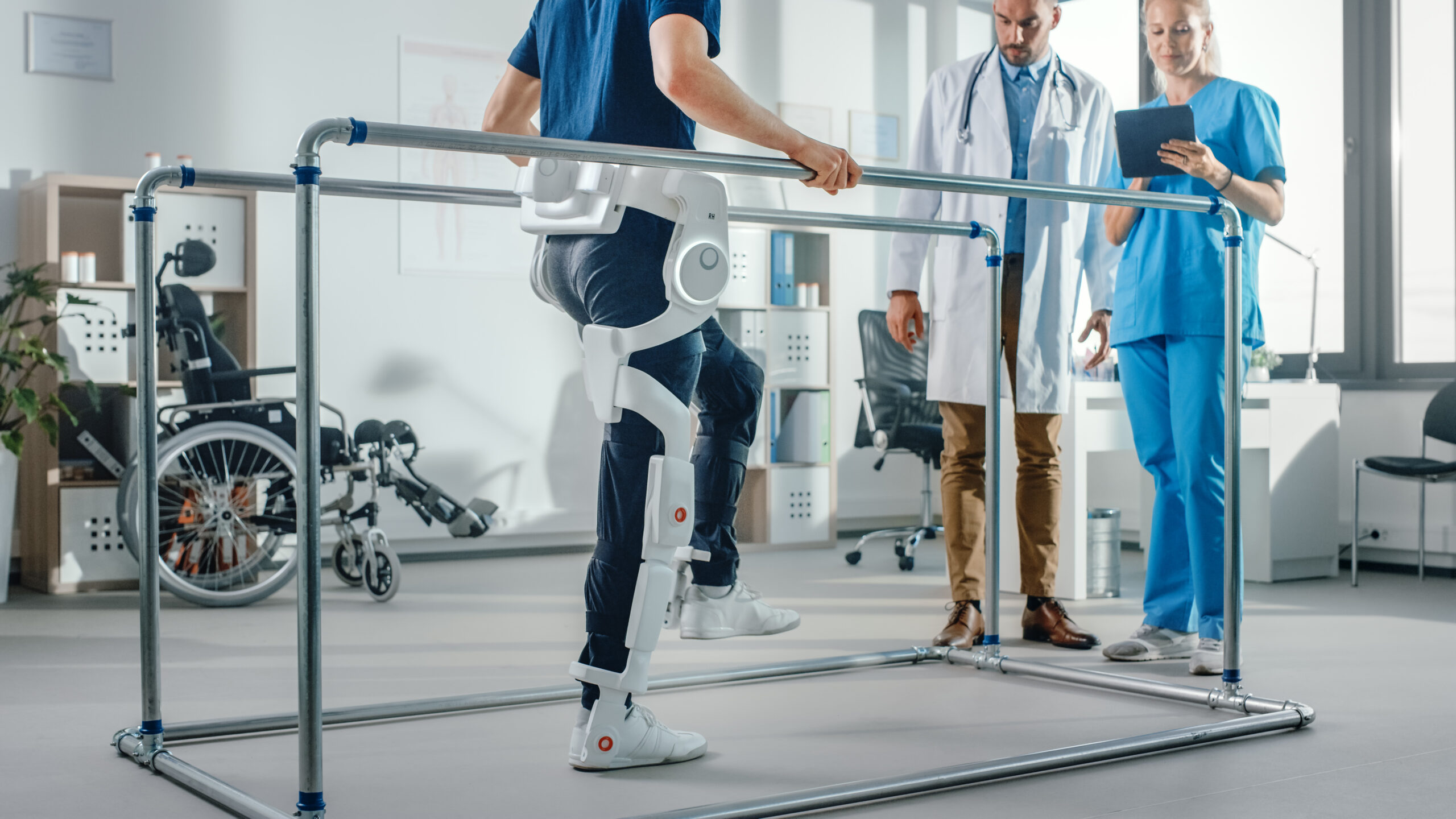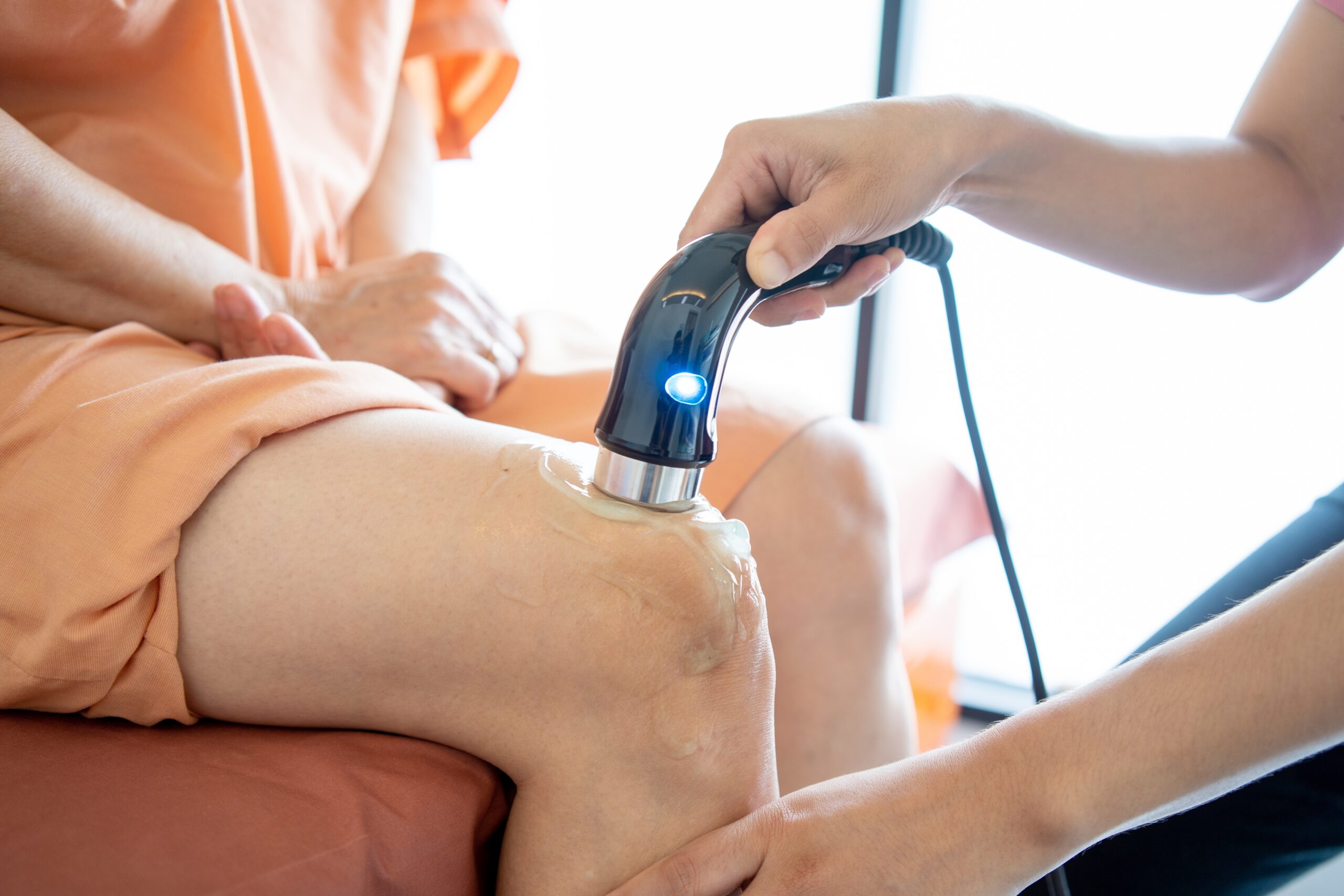In today’s healthcare landscape, Durable Medical Equipment (DME) plays a pivotal role in improving the quality of life for countless individuals. From mobility aids to therapeutic devices, DME provides essential support for managing health conditions and enhancing daily living. However, ensuring the safe and effective use of DME is paramount. Understanding the proper usage and safety measures associated with this equipment is crucial for users and caregivers alike.
Understanding Durable Medical Equipment (DME)
DME encompasses a wide range of devices prescribed by healthcare providers to aid in the treatment of various medical conditions. These devices are intended for repeated use in the home and require proper handling, usage, and maintenance to ensure safety and effectiveness.
Importance of Safe DME Usage
The safe use of DME is vital to prevent accidents, injuries, and complications. Whether it’s a wheelchair, walker, CPAP machine, or any other equipment, following proper guidelines significantly reduces risks and enhances the benefits derived from these devices.
Key Safety Tips for Using DME
- Read and Follow Instructions: Always carefully read the user manual and follow the manufacturer’s instructions for assembly, usage, cleaning, and maintenance of the equipment.
- Proper Fit and Adjustment: Ensure that the equipment is properly adjusted and fits comfortably to prevent discomfort or potential injury. This includes wheelchairs, orthopedic braces, and other aids.
- Regular Maintenance: Perform regular maintenance as recommended by the manufacturer. This includes cleaning, checking for wear and tear, and timely replacement of parts, if needed.
- Avoid Modifications: Do not modify or alter DME without consulting a healthcare professional or the equipment provider. Modifications can compromise safety and effectiveness.
- Learn Usage Techniques: If using assistive devices like walkers or canes, learn proper usage techniques from healthcare professionals to avoid falls or accidents.
- Safety in Mobility Aids: Ensure that wheelchairs or scooters are used on appropriate surfaces to prevent tipping or accidents. Follow safety guidelines for ramps, stairs, and uneven terrain.
- Monitor Equipment Performance: Regularly monitor the performance of medical devices. Report any unusual noises, malfunctions, or discomfort experienced during usage.
- Keep Emergency Information Handy: Keep emergency contact information, including healthcare providers and emergency services, readily available in case of any equipment-related emergencies.
Educating Users and Caregivers
Educating both users and caregivers on the safe use of DME is essential. Healthcare providers should provide comprehensive instructions and guidance on proper usage, maintenance, and potential risks associated with the equipment. Additionally, support groups and educational materials can supplement this information, empowering users with additional resources and knowledge.
Conclusion
Durable Medical Equipment serves as a valuable aid in managing various health conditions and improving the quality of life for many individuals. Prioritizing safety by adhering to proper usage guidelines, regular maintenance, and seeking necessary guidance ensures the safe and effective use of DME. By promoting awareness and education, we can ensure that users derive maximum benefit from their equipment while minimizing potential risks. Always remember, safety comes first when using DME.








